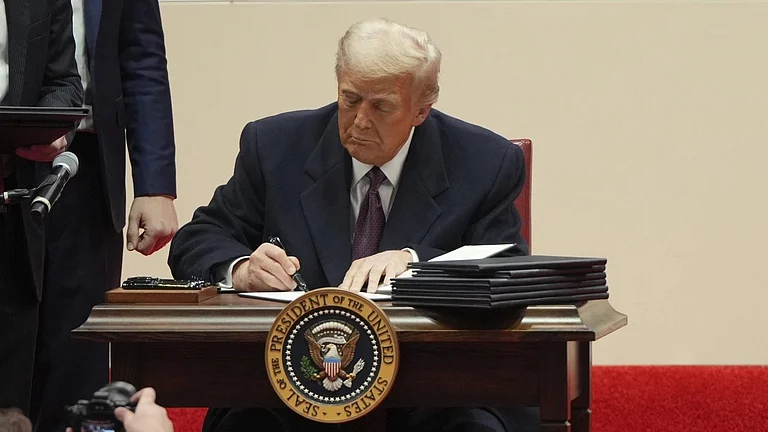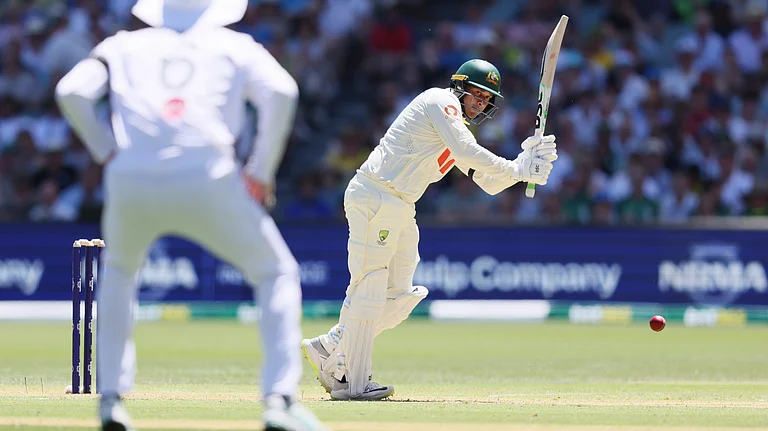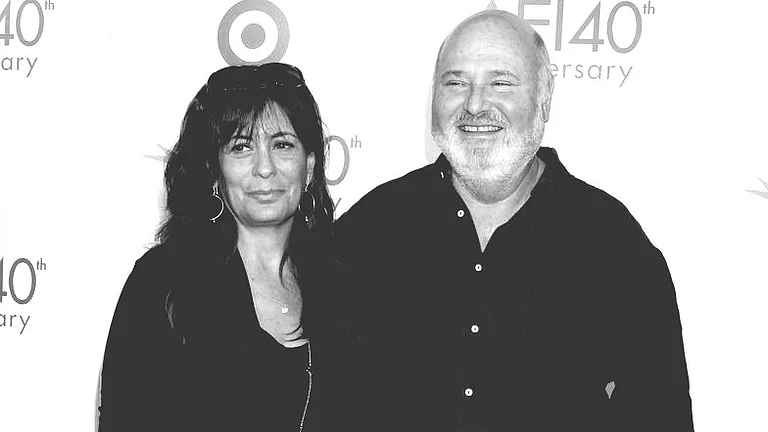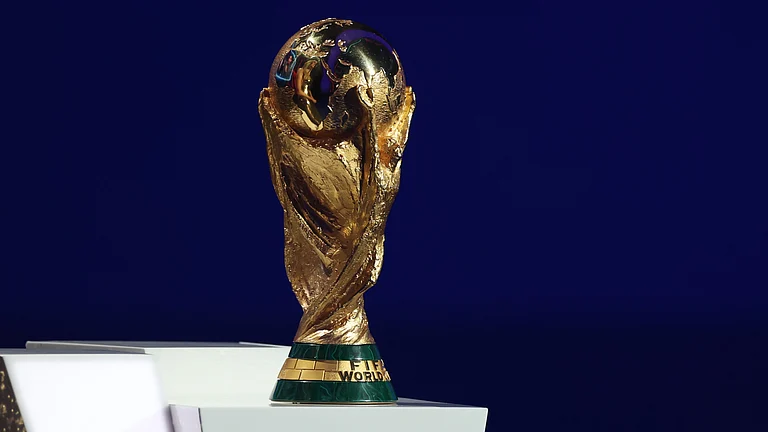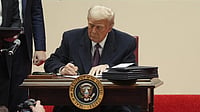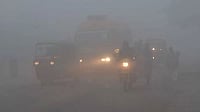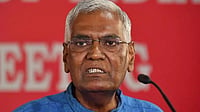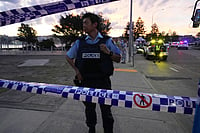IN Lahore, things were different. Cosmopolitanism was not a statist implant, but ran as deep as the river Ravi; in Faiz's city Hindus and Muslims did not merely coexist, they lived as brothers. In Lahore, Punjabi culture was not raucous and ostentatious, it was discerning and civil. Amidst flowering trees nestled centres of learning: Aitchison and Kinnaird, Government College and Forman Christian College. The young spilled out onto the streets, cycling down the blooming promenades, salwar kameezes wind-whipped. Officers rolled down the Mall Road in their Buicks, their elegant sari-clad companions puffing on cigarettes. Open-air theatres staged Western music concerts and in the galis of Anarkali in the walled city, the Mughal spirit throbbed, courtly High Culture emanating from every nocturnal mushaira.
Lahore is the subconscious reference point of the Punjabi Partition generation, it is the gentle host of cultural evolution and it is the embodiment of Loss. The Lahore syndrome or the Lahore mindset romanticises this "golden city from a golden time", recalls the days of genteel neighbourliness between communities and is nostalgic about the city's disdain of everything east of Amritsar.
"Delhi was nothing those days," says columnist Rajinder Purl, whose family migrated in 1947, "and as for Ludhiana and Jalandhar--they were mofussil areas. We used to snicker at the shops in Delhi, at the small-time bargaining. Compared to Lahore, Delhi was just a bureaucratic centre, St Stephen's College could not hold a candle to Government College." The tone is typically supercilious.
Lahore was not a prisoner of the narrow communal politics of the time, Lahore stood for pan-Indianness. "Neither the Congress nor the Muslim League were anywhere in Lahore. It was the Unionist Party--comprising Hindus, Sikhs and Muslims--that was important as was the Akali movement. There was an arrogance about Lahore, an arrogance that stemmed from the fact that there were no riots there," says Puri. It was, then, the Dream Republic.
In the '30s and '40s, if you were north Indian and 'hep' you lived in Lahore. Here cricket and tennis stars jostled in the Gymkhana, Bade Ghulam Ali Khan and Fayaz Khan were just two radio singers, Pandit Onkarnath Thakur and Vishnu Digambar had established schools of music, and poets like Hafiz Jalandhari held court in his home in Model Town. Artist B.C. Sanyal was commissioned by the Congress before Partition to create a bust of Lajpat Rai, and he stayed in Lahore until 1947. "I stayed on because of the warmth and friendliness, because of the life force," says 96-year-old Sanyal. "Punjab had fallen to British rule last and the Punjabi was in a hurry to catch up with the Bengali and the South Indian. In their hurry, they went even further than Bombay or Calcutta and parts of Lahore were extremely anglicised. There was freedom to live and work as one liked," Sanyal remembers.
Once on an evening walk, Sanyal came close to witnessing Bhagat Singh's daring assassination of Saunders. "There was a sudden commotion and I was hustled into prison because I was wearing khadi and became a suspect...Lahore was a multidimensional city," he recalls.
Here is an important mark of the Lahore syndrome: liberal multi-culturalism as the enduring value of civilised life. The elitism of education and 'refined' culture, a pride in Punjab and a snobbery about the Hindi heartland. "How can people like Madan Lal Khurana be in the BJP and take pride in speaking Hindi?" exclaims Purl. "The Hinduism of Punjab is far less casteist and ritualistic than Bihar and UP."
Madan Gopal, columnist and old Lahoriya, says: "The spirit of liberalism was very important to Lahore, although there was a great deal of patriotism and religious feeling. But there was no fear."
Jamila Verghese was a student at Kinnaird college in the '40s. "It was an emancipated city for women," says Verghese. "And today I have a great love for the people there and they have a great love for us." Another leitmotif of the Lahore mindset: advocacy of the 'soft border' with Pakistan. "There are so many things we have in common. When people from Pakistan--like lawyer Asma Jehangir--come here, they feel so much at home."
There are those who mourn the passing of old Lahore. "Today Lahore's population does not comprise even 5 per cent of the original Lahoriyas," says Pran Nevile, author of a book on the city. "In Lahore there was a common name for God. People would say 'hai rabba!' whether they were Hindu, Muslim or Sikh, not 'Ram' or 'Allah'. There were common first names too, Barkat, Roshan, Mushtaq and others," Nevile says.
"We grew up believing in India," says another old Lahoriya. "In culture, urbanity, and in Punjabi unity. We embraced those anglicised virtues not only of 'secularism' but also of good conversation! But we are all old now and our days are past."







